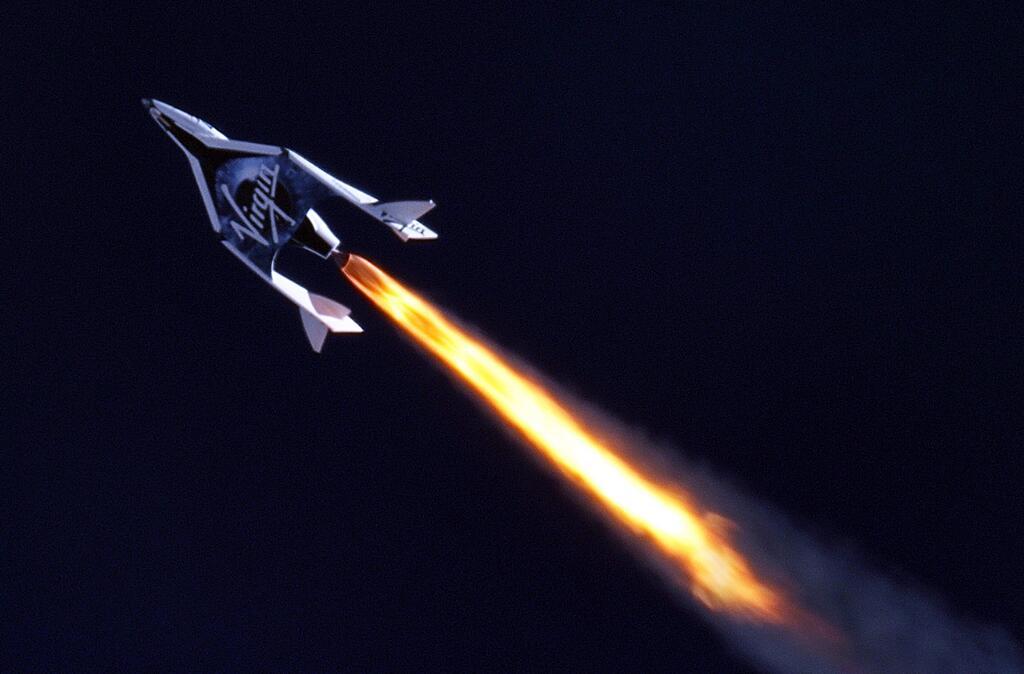In this video, Ben Krasnow details and demos a small hybrid rocket engine he built in his workshop. Hybrid rockets utilize propellants that are two different states of matter, in this case gaseous oxygen as the oxidizer and solid acrylic as the fuel. Krasnow’s verbal explanation of a convergent-divergent nozzle, used to accelerate flow to supersonic speeds is not quite right. In reality, a compressible fluid like air reaches the sonic point (i.e. Mach 1) at the narrowest point of the nozzle, also called the throat. The divergent portion of the nozzle causes the compressible fluid to expand in volume, which drops the temperature and pressure while the velocity increases beyond the speed of sound.
Krasnow says he did no calculations for his rocket, but I decided to have a little fun by doing some myself. Supersonic flow through the nozzle is only achieved if the flow is choked, meaning that the mass flow rate through the nozzle will not increase if the downstream pressure is decreased further relative to the upstream pressure. For Krasnow’s rocket, the downstream pressure is atmospheric pressure (14.7 psi) and the upstream pressure is provided by the oxygen canister, which he notes was at most 80 psi. Fortunately, the upstream pressure necessary to choke the nozzle is only 27.8 psi, so even with the ball valve partially closed, Krasnow’s rocket is definitely capable of supersonic speeds.
The Mach number achievable by any given supersonic nozzle is related to the ratio of the nozzle throat to its exit diameter (#). Krasnow gives the throat diameter as ¼-inch and the exit diameter as 5/8-inch. This means that the Mach number at the exit of the nozzle, assuming choked supersonic flow, is about Mach 3.4. (Video credit: Ben Krasnow; via Universe Today; submitted by jshoer)



